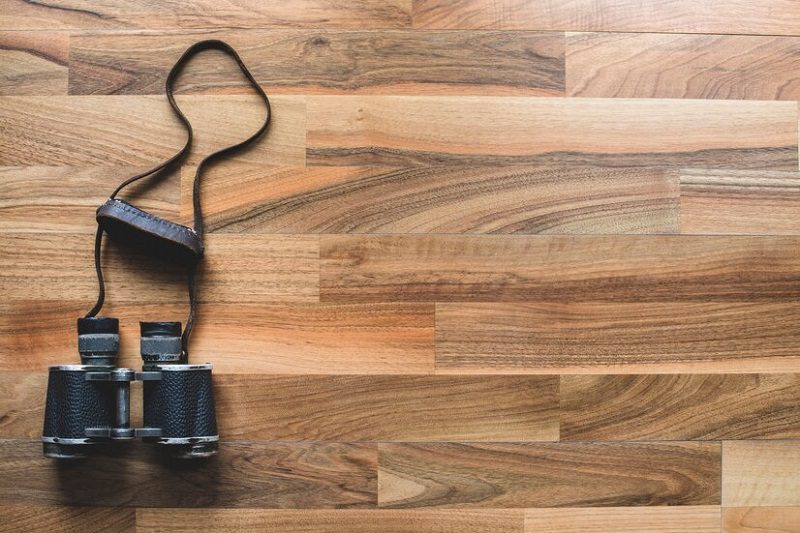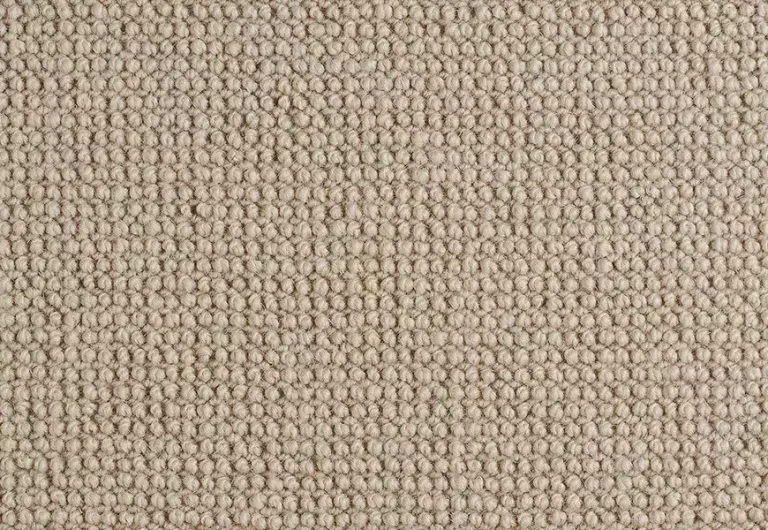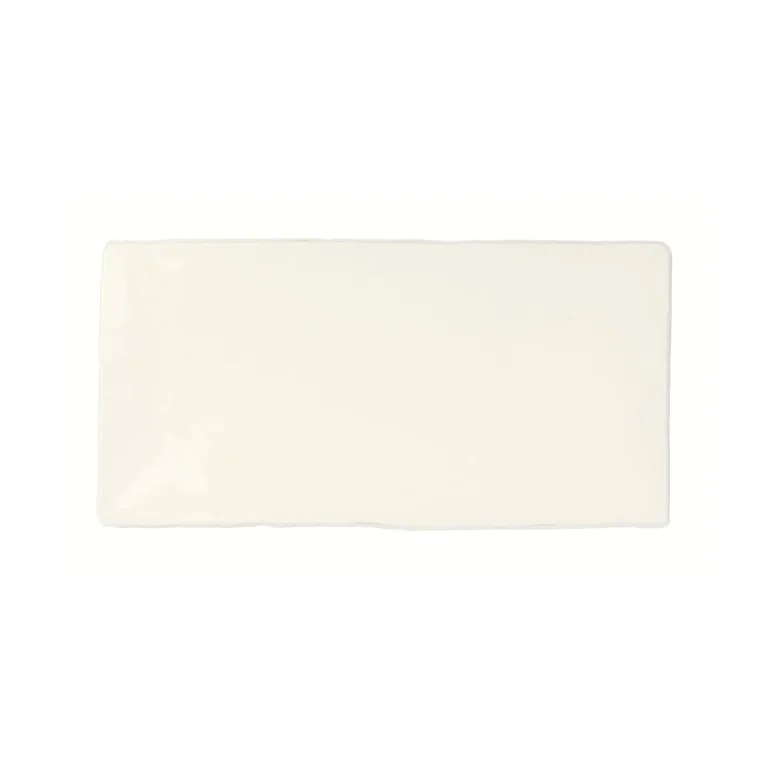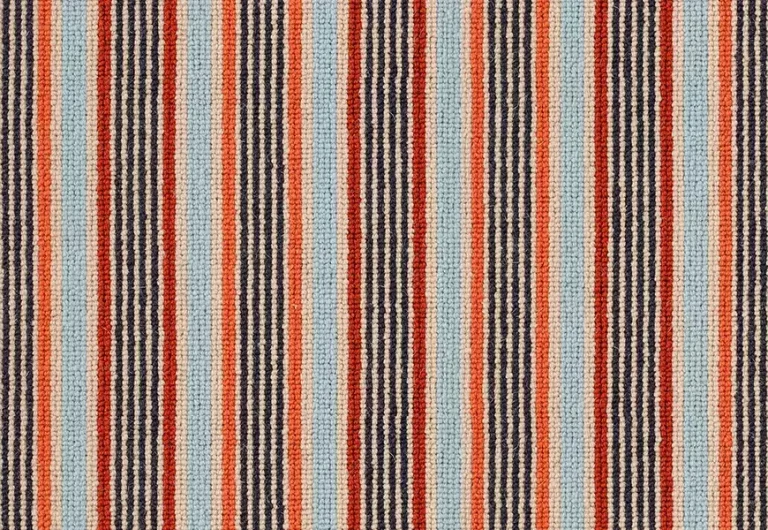If you’re considering upgrading your flooring, laminate flooring may be a top contender. Actually, what is laminate flooring?
We’ll explore what laminate flooring is, how it is made, and its various benefits. From durability and affordability to easy maintenance and style variety, laminate flooring has a lot to offer.
We’ll also discuss the drawbacks, such as its lack of durability compared to other options. We’ll provide insights on how laminate flooring is installed and offer alternatives for those seeking different flooring options.
What Is Laminate Flooring?
Laminate flooring is a popular and versatile flooring option that simulates the look of natural materials like wood, tile, or stone. It is known for its durability, easy maintenance, and cost-effectiveness, making it a practical choice for many homeowners.
Composed of multiple layers, laminate flooring typically consists of a wear layer, a design layer featuring realistic visuals mimicking natural materials, a core layer for stability, and a backing layer for moisture resistance. This construction not only ensures its longevity but also provides resistance to scratches, stains, and fading due to sunlight exposure.
The variety of textures and finishes available, such as embossed, hand-scraped, or smooth, adds depth and character to any space, while also offering a wide range of aesthetic options to suit different interior styles.

See product: Quick-Step Classic Misty Grey Oak
How Is Laminate Flooring Made?
Laminate flooring is constructed by layering different materials together. It typically consists of a chipboard or high-density fibreboard (HDF) wood base, an image layer that mimics the look of natural materials, and a protective top layer for durability.
The chipboard or HDF wood base provides stability and structure to the flooring, serving as the foundation for the layers above. The image layer, often with high-definition printed designs, is crucial in replicating the appearance of wood, tile, or stone, giving laminate flooring its aesthetic appeal. This layer is bonded to the base using advanced techniques to ensure a seamless and realistic look.
The protective top layer, usually made of a clear, hard-wearing material like aluminium oxide, acts as a shield against scratches, stains, and fading caused by UV light exposure. It enhances the durability and longevity of the flooring, making it suitable for high-traffic areas in homes and commercial spaces.
The Benefits of Laminate Flooring
Laminate flooring offers several advantages to homeowners, including easy maintenance, a wide variety of styles and designs to choose from, and a cost-effective alternative to luxury vinyl or solid hardwood flooring.
a. Durability
One key benefit of laminate flooring is its durability, which is achieved through the wear layer that protects the floor from scratches, stains, and fading. The quality of the wear layer is often indicated by the AC rating, with higher ratings signifying increased durability.
The wear layer in laminate flooring acts as a shield against everyday wear and tear, making it ideal for high-traffic areas in homes and commercial spaces. This protective coating not only enhances the longevity of the flooring but also adds a layer of resistance to moisture, making it more suitable for areas prone to spills or humidity.
b. Laminate Flooring Cost
Another advantage of laminate flooring is its affordability, making it a budget-friendly option for homeowners looking to enhance the aesthetics of their space without breaking the bank. The use of cost-effective materials like particleboard or high-density fibreboard (HDF) contributes to its economic appeal.
Adding to its cost-effectiveness, laminate flooring provides exceptional value in terms of durability and longevity. Despite its affordable nature, laminate floors are known for their ability to withstand heavy foot traffic, resist scratches, and maintain their appearance over time.
The aesthetic appeal of laminate flooring should not be underestimated. With a wide range of styles and designs available, homeowners can achieve the look of hardwood, stone, or tile without the hefty price tag. This versatility allows individuals to elevate the visual appeal of their spaces while staying within their budget constraints.
c. Easy Maintenance
One of the key benefits of laminate flooring is its easy maintenance. The melamine wear layer not only enhances durability but also makes the surface easy to clean and maintain with regular sweeping, vacuuming, and occasional mopping.
Because of the protective melamine wear layer, laminate floors are resistant to stains, scratches, and fading, requiring minimal effort to keep them looking their best. To maintain your laminate floors, safe cleaning practices are crucial. Avoid using excessive water during mopping as it can seep into the joints causing swelling and damage. Instead, opt for a damp mop or specific laminate floor cleaning solutions. Regularly trimming pets’ nails and using furniture pads can help prevent scratches. Strategically placing mats at entrances reduces dirt and debris tracking onto the floors. By incorporating these maintenance tips, you can prolong the lifespan and appearance of your laminate flooring.
d. Variety of Styles
Laminate flooring offers a wide variety of styles to suit different preferences and interior design themes. With high-definition photos and realistic textures, laminate floors can replicate the look of hardwood, tile, or stone, providing homeowners with versatile options for their spaces.
One of the key factors that make laminate flooring so appealing is the attention to detail in recreating natural materials. These floors not only mimic the grain patterns and colours of wood, tile, or stone but also capture the textures that are essential to achieving a convincing appearance. By choosing the right style, homeowners can enhance the visual appeal of their rooms and tie together the overall design aesthetic seamlessly.
The Drawbacks of Laminate Flooring
Whilst laminate flooring offers many benefits, there are some drawbacks to consider. These include reduced durability compared to other flooring options, potential slipperiness, and difficulties in repairing damaged sections.
a. Not as Durable as Other Flooring Options
One of the drawbacks of laminate flooring is that it may not be as durable as solid hardwood or engineered wood flooring options. Whilst laminate is resistant to scratches and fading, it may not withstand heavy wear and tear as well as natural wood alternatives.
Solid hardwood and engineered wood are renowned for their exceptional durability and longevity, making them ideal choices for areas with high foot traffic. Their robust composition allows them to endure frequent use without showing significant signs of wear and tear. On the other hand, laminate flooring, although cost-effective and visually appealing, may display signs of wear more noticeably in high-traffic areas due to its composition of pressed wood and resin materials.
b. Can Be Slippery
Slipperiness is a common concern with laminate flooring, especially in areas prone to moisture or spills. The smooth surface of laminate floors can become slippery, posing safety risks that may require the use of anti-slip mats or rugs to prevent accidents.
When faced with slippery laminate flooring, it’s essential to implement safety measures that focus on enhancing traction and reducing slip hazards. One effective strategy is to place non-slip strips or adhesive stair treads in key areas prone to spills or moisture accumulation. Using floor sealants specifically designed to add texture to smooth surfaces can significantly improve grip. Ensuring that spills are promptly cleaned and maintaining a moisture-free environment are crucial steps in preventing accidental slips and falls.
c. Difficult to Repair
Repairing damaged laminate flooring can be challenging, as the individual planks are often difficult to replace seamlessly. While repair kits are available for minor issues, extensive damage may require professional assistance to ensure a seamless and durable fix.
One of the complexities that homeowners face when it comes to damaged laminate flooring is the intricate nature of the planks themselves. Each plank needs to fit perfectly into the existing pattern, making it a meticulous task. The colour and texture match with the rest of the floor can be a challenge to achieve, especially with older flooring that has experienced wear and tear.
When opting for a repair kit for minor issues, it’s crucial to follow the manufacturer’s instructions carefully to achieve the best results. For more significant damages or in cases where multiple planks need replacement, seeking professional help is advisable. Professionals have the expertise to handle complex repairs efficiently, ensuring that the flooring looks as good as new.
How to Install Laminate Flooring
The installation of laminate flooring involves several steps to ensure a proper and long-lasting finish. From preparing the subfloor and laying down foam underlay to installing the laminate planks and adding finishing touches, each stage plays a crucial role in the overall quality of the flooring.
1. Preparation of the Subfloor
Before installing laminate flooring, it is crucial to prepare the subfloor properly. This involves ensuring the subfloor is level, clean, and dry, as well as adding a moisture barrier to prevent any water damage that could compromise the integrity of the laminate.
Levelling the subfloor is essential to prevent uneven surfaces that can lead to problems with the laminate flooring over time. Cleaning the subfloor thoroughly removes any debris, grease, or other substances that may affect the adhesion of the laminate. Moisture protection is crucial as even small amounts of moisture can cause warping or buckling in laminate flooring.
Addressing subfloor imperfections, such as cracks or holes, requires filling them with appropriate materials to create a smooth and stable base. Ensuring the subfloor is properly prepared not only improves the appearance of the flooring but also enhances its durability and longevity.
b. Laying Down the Underlayment
The next step in installing laminate flooring involves laying down a foam underlayment. This underlayment not only provides cushioning and sound absorption but also acts as a moisture barrier, protecting the laminate from potential water damage.
Using a foam underlayment is crucial as it offers a comfortable surface to walk on and reduces noise levels, making your living space more peaceful. The sound insulation properties of the underlayment create a quieter environment by absorbing impact noise and minimising the transmission of sound.
The moisture resistance feature plays a vital role in safeguarding the laminate flooring against water infiltration, which can lead to warping or buckling. By acting as a barrier, the underlayment helps maintain the integrity and longevity of the laminate floors, ensuring they stay looking pristine for years to come.
c. Installing the Laminate Planks
Installing the laminate planks is a precise process that often involves a click-lock system for easy assembly. Careful attention should be paid to creating expansion gaps around the perimeter of the room to accommodate the natural movement of the flooring material.
Before you begin installing the planks, make sure the subfloor is clean, dry, and level. Start by laying down a foam underlay to provide cushioning and moisture protection. Next, begin fitting the planks together using the click-lock system, ensuring a snug fit without gaps between each piece.
Remember to stagger the joints for a more stable and aesthetically pleasing finish. As you progress, use a tapping block and a mallet to gently secure each row in place, maintaining a uniform alignment.
d. Finishing Touches
To complete the laminate flooring installation, adding finishing touches such as trim pieces and moulding is essential. These elements not only enhance the aesthetics of the flooring but also provide a seamless transition between the laminate and other surfaces in the room.
The trim pieces help in concealing the expansion gap along the edges of the flooring, giving it a polished look. Moulding, on the other hand, adds a decorative touch while protecting the edges from damage. Proper sealing techniques, like using sealants or caulking, not only ensure a water-resistant surface but also increase the durability of the laminate. This attention to detail in the final stages of installation elevates the overall appearance and functionality of the flooring, creating a cohesive and harmonious space.
Are you interested in using the laminate flooring guide for your sweet home? Just check out your favourite one in TEKA Flooring.
At TEKA Flooring, we offer a wide variety of laminate flooring products at competitive prices, like Quick-Step and Elka, leading manufacturer of high-quality laminate flooring. Their products are also known for their durability, beauty, and ease of installation.
Don’t worry about the installation because we also offer professional flooring installation services. Contact us today to learn more about our products and services!
Read Also:

































